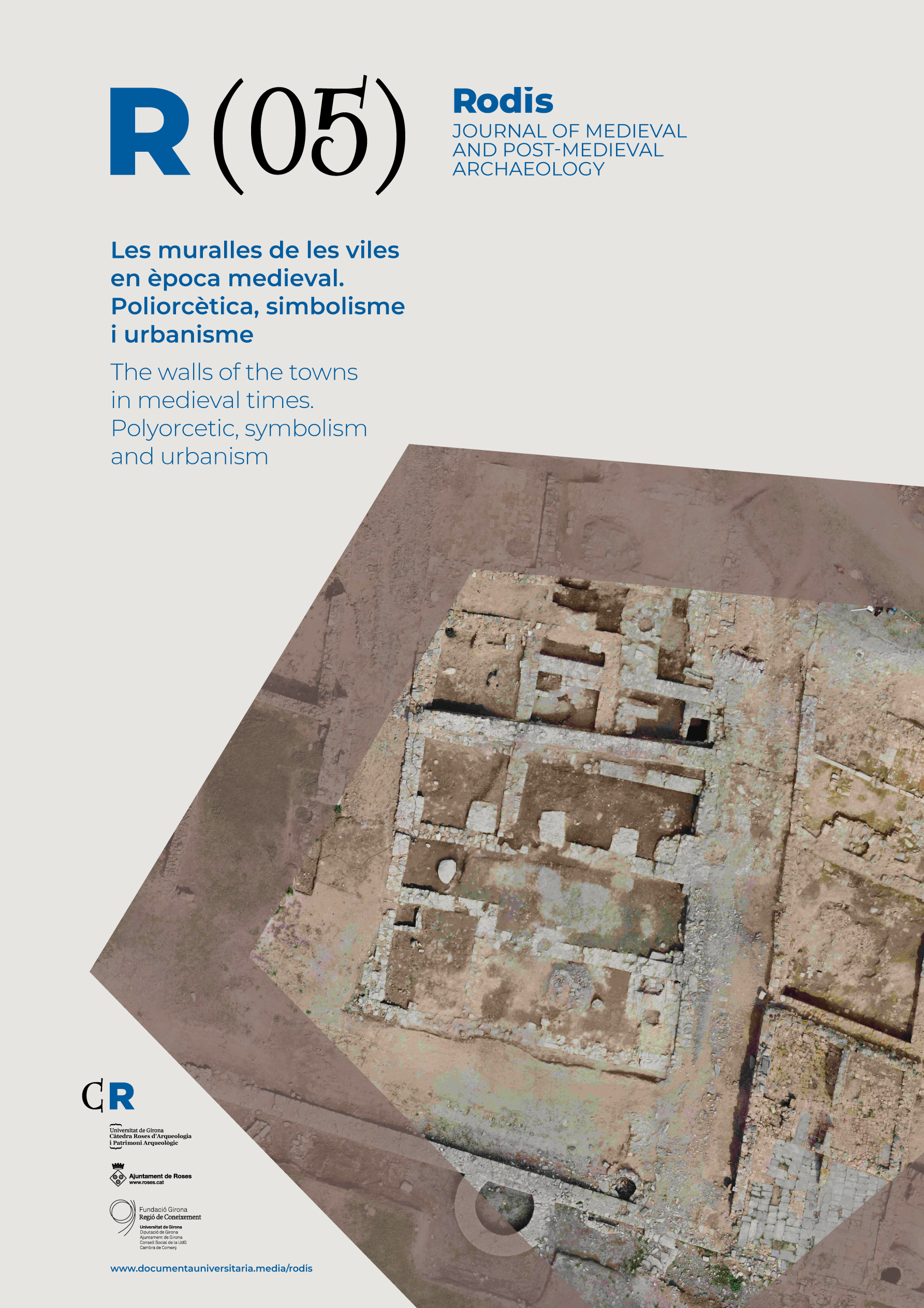Celleres i viles fortificades de les terres gironines (segles XI-XIV)
Evidències a partir de la documentació escrita
DOI:
https://doi.org/10.33115/a/26046679/5_4Keywords:
celleres – viles – castells – fortificació – murallesAbstract
Churches have been a pole of attraction for the rural population in Old Catalonia, although the sagreres of the 11th and 12th centuries did not form large villages. From the 13th century onwards, the change of their name to cellera in the dioceses of Girona and Elna, hinted at a process of desacralisation that went hand in hand with the conversion of ancient cellarios into homes and the fusion of the cellera with other structures that concentrated the rural settlement, such as the market or the castle. Many villages, as shown by the provisional inventory that is presented, underwent a process of fortification in the second half of the thirteenth century or throughout the fourteenth century due to many factors that provide keys to understand the evolution of celleres and small towns in the middle centuries of the Middle Ages.




